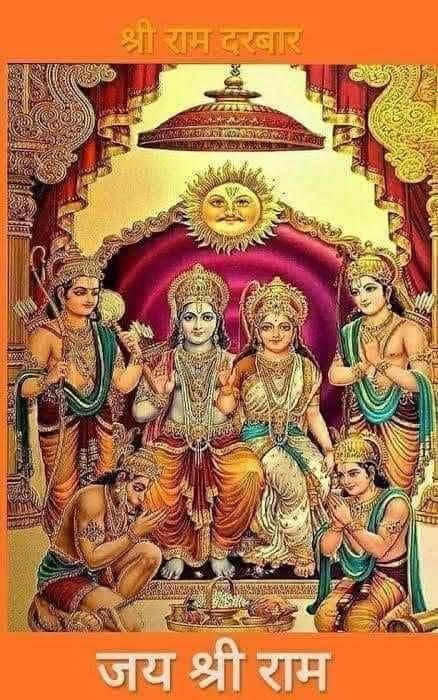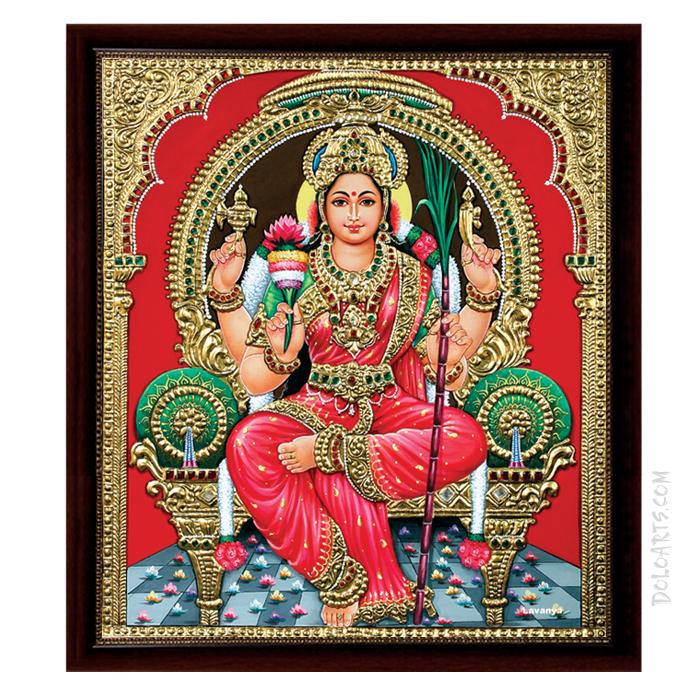Buddhism may lead one to believe that it is anti Sanatana Dharma because of its refusal to accept the Sruthi, Vedas as a tool of knowledge,Pramana.

Stone plaque of Kalki from the 18th century Devanagari कल्कि Sanskrit Transliteration कल्कि Affiliation Avatar of Vishnu Planet Earth Weapon Sword or Astra (Weapon of Parabrahman to destroy evil creatures) Mount Horse.Image Source.Wikipedia.Kalki Avatar
It also advocates Nihilism or Sunya Vada which states that there is no Reality.
It shuns Rituals as advocated by The Vedas.
It disapproves Idol worship.
Incidentally Vedas do not advocate Idol worship either.
But Buddhist traditions closely follow the Hindu Puranas.
Hindu traditions, Puranas describe the Ten Avatars of Vishnu and one among them is the Kalki Avatar, which is yet to manifest in the present Kali Yug.
It is equally interesting that the Bhavishya, Garuda and Vishnu Puranas count Buddha as an Avatar of Vishnu.
Kalki Avatar is also cited in the Kalachakra tradition of Buddhism with modifications.
“In Buddhist Kalachakra tradition, 25 rulers of the Shambhala Kingdom held the title of Kalki, Kulika or Kalki-king.
During Vaishakha, the first fortnight in Shukla Paksha is dedicated to fifteen deities, with each day for a different god.
In this tradition, the twelfth day is Vaishakha Dwadashi and is dedicated to Madhava, another name for Kalki.”
..”The word Kālachakra is usually used to refer to a very complex teaching and practice in Tibetan Buddhism.
Although the teaching is very advanced, esoteric, and difficult to comprehend, there is a tradition of offering it to large public audiences.
Kālachakra refers both to a Tantric deity (Tib. yidam) of Vajrayana Buddhism and to the philosophies and meditation practices contained within the Kālachakra Tantra and its many commentaries.
The Kālachakra Tantra is more properly called the Kālachakra Laghutantra, and is said to be an abridged form of an original text, the Kālachakra
Mūlatantra which is no longer extant.
Some Buddhist masters assert that Kālachakra is the most advanced form of Vajrayana practice; it certainly is one of the most complex systems within tantric Buddhism.
The Kālachakra tradition revolves around the concept of time (kāla) and cycles (chakra): from the cycles of the planets, to the cycles of human
breathing, it teaches the practice of working with the most subtle energies within one’s body on the path to enlightenment.
The Kālachakra deity represents a Buddha and thus omniscience. Since Kālachakra is time and everything is under the influence of time, Kālachakra knows all.
Whereas Kālachakri or Kālichakra, his spiritual consort and complement, is aware of everything that is timeless, untimebound or out of the realm of
time.
In Yab-yum, they are temporality and atemporality conjoined. Similarly, the wheel is without beginning or end.
Literal translation:
शम्भल ग्राम मुख्यस्य ब्राह्मणस्य महात्मनः।
भवने विष्णुयशसः कल्किः प्रादुर्भविष्यति।।
Srimad Bhagavata Maha Purana – 12:2:18
शम्भल ग्राम मुख्यस्य ब्राह्मणस्य महात्मनः।
शम्भु Shambhu (Shiv Shambhu Bhola) + ल or ले (of) + ग्राम Grama (Community/Village) + मुख्यस्य Mukhyasya (Principally) + ब्राह्मणस्य Brahmanasya (of the Brahmins) + महात्मनः Maha Atman (Great Souls) Shiva Durga worshipping community principally of great souls Brahmins.भवने विष्णुयशसः कल्किः प्रादुर्भविष्यति।।
भवने Bhavanê (At the home of) + विष्णु Vishnu + यशसः Yáśas (Worthy) + कल्क Kalk ( Mud or Sediment) + इ i (to arise from, come from) + प्रादुर् Prādúr (Arise/Born) भविष्यति Bhavishyati (In the future)
In the future at the home of Vishnu worthy, one from the mud/sediment will arise/be born.
This points to a name equivalent to mud or sediment born.द्वादश्यां शुक्ल-पक्षस्य माधवे मासि माधवम्।
जातं ददृशतुः पुत्रं पितरौ हृष्ट-मानसौ।। (1:2:15 Kalki Purna)
द्वादश्यां – द्वा dvA (two) + दश्यां dashya (tens/10’s) meaning 12 शुक्ल-पक्षस्य – शुक्ल Shukla (bright) + पक्षस्य(pakshaya) parts (the first part of the moon cycle) + माधवे madhva is hindu month of Chaitra (First day of Chaitra is when Lord Brahma created the universe, Hindu new year starts) March/April + मासि masi (month of) + माधवम् Lord Krishna (as Kalki) arrived. जातं ददृशतुः पुत्रं पितरौ हृष्ट-मानसौ।।
जातं jatam (born – brought into existence) + ददृशतुः dadastu (then) + पुत्रं putram (a son) + पितरौ pitarau (parents [were]) + हृष्ट hrshta (thrilling with rapture, rejoiced, pleased, glad, merry) + मानसौ manasau (mental feeling). or
12th of the first part of the moon cycle in the month of Chaitra (March/April, Hindu new year) Lord Krishna (as Kalki) arrived then the father was mentally overwhelmed by the son being born This also points to the sun sign of Aries.
In Chaitra month, the fifteen days in Shukla paksha (first fortnight / first half of the month) are dedicated to fifteen gods or deities. Each day of the Chaitra month is dedicated to a different god. The 12th day (Chaitra Dwadashi) is dedicated to Lord Sri Maha Vishnu.
There is a description of his background in other sources of scripture. The Kalachakra tantra, first taught by Buddha to DharmarajaSuchandra of Shambhala, also describes his background:
Lord Kalki will appear in the home of the most eminent brahmana of Shambhala village, the great souls Vishnuyasha and his wife, the pure of thought Sumati.
—Srimad-Bhagavatam Bhag.12.2.18
The Bhagavata Purana states
At the end of Kali Yuga, when there exist no topics on the subject of God, even at the residences of so-called saints and respectable gentlemen, and when the power of government is transferred to the hands of ministers elected from the evil men, and when nothing is known of the techniques of sacrifice, even by word, at that time the Lord will appear as the supreme chastiser.
—Bhagavata Purana, 2.7.38
It goes on to foretell his arrival:
The ascetic prince, Lord Kalki, the Lord of the Universe, will mount His swift white horse Devadatta and, sword in hand, travel over the earth exhibiting His eight mystic opulences and eight special qualities of Godhead.
Displaying His unequaled effulgence and riding with great speed, He will kill by the millions those thieves who have dared dress as kings.
—Bhagavata Purana, 12.2.19-20
The Kalki Purana combines elements of earlier scriptures to describe Kalki. He will have the power to change the course of the stream of time and restore the path of the righteous.
The evil demon Kali will spring from the back of Brahma and descend to earth and cause dharma to be forgotten and society to decay.
When man stops offering yagna,Vishnu will then descend a final time to save the steadfast. He will be reborn as Kalki to a Brahmin family in the city of Shambhala.
Followers of Tibetan Buddhism have preserved the Kalachakra Tantra in which “Kalkin” is a title of 25 rulers in the mystical realm of Shambhala. This tantra mirrors a number of prophecies of the Puranas.
Kalki Avatar is also mentiones in Sikhism
Citations.
http://en.wikipedia.org/wiki/Kalki
http://en.wikipedia.org/wiki/Kalachakra









Leave a comment